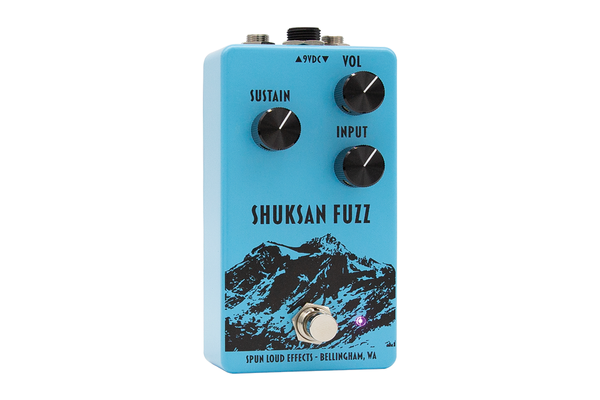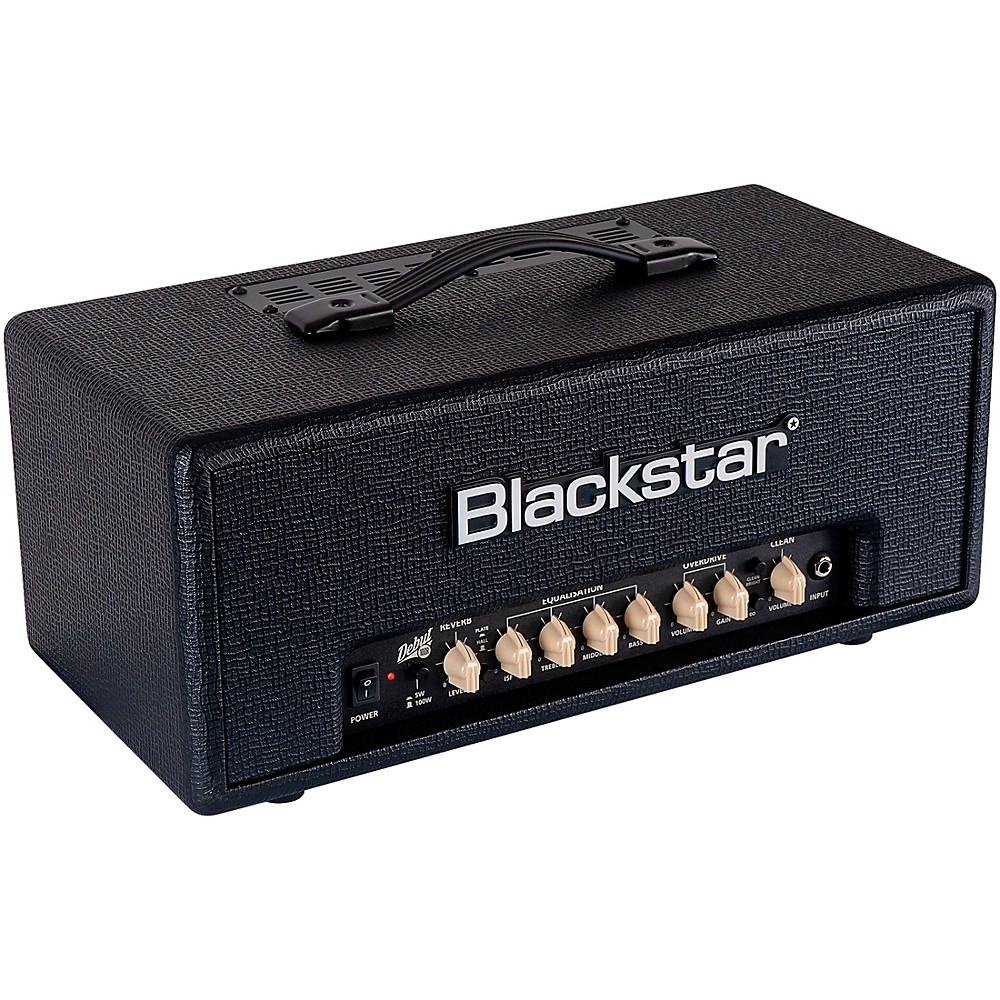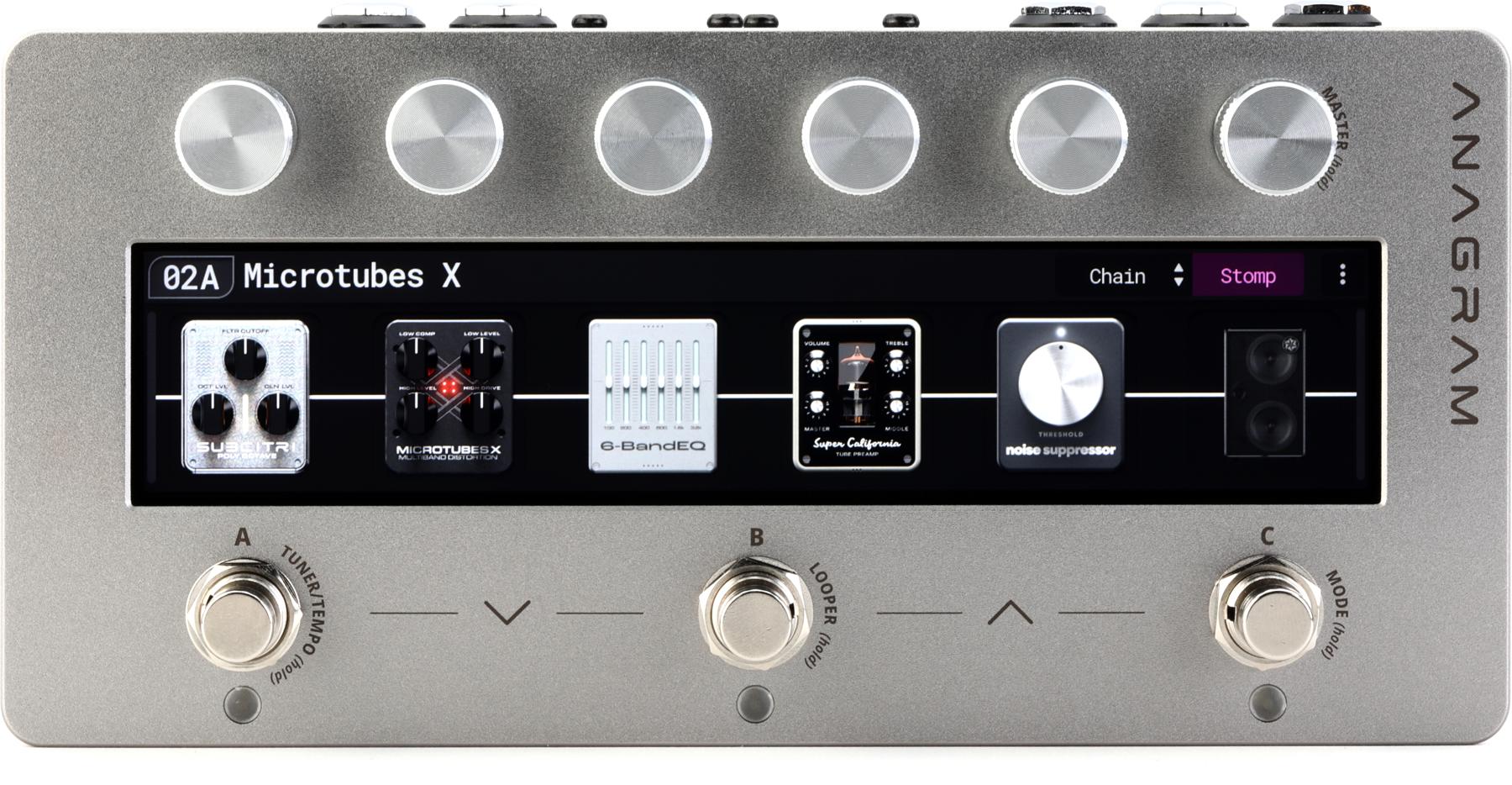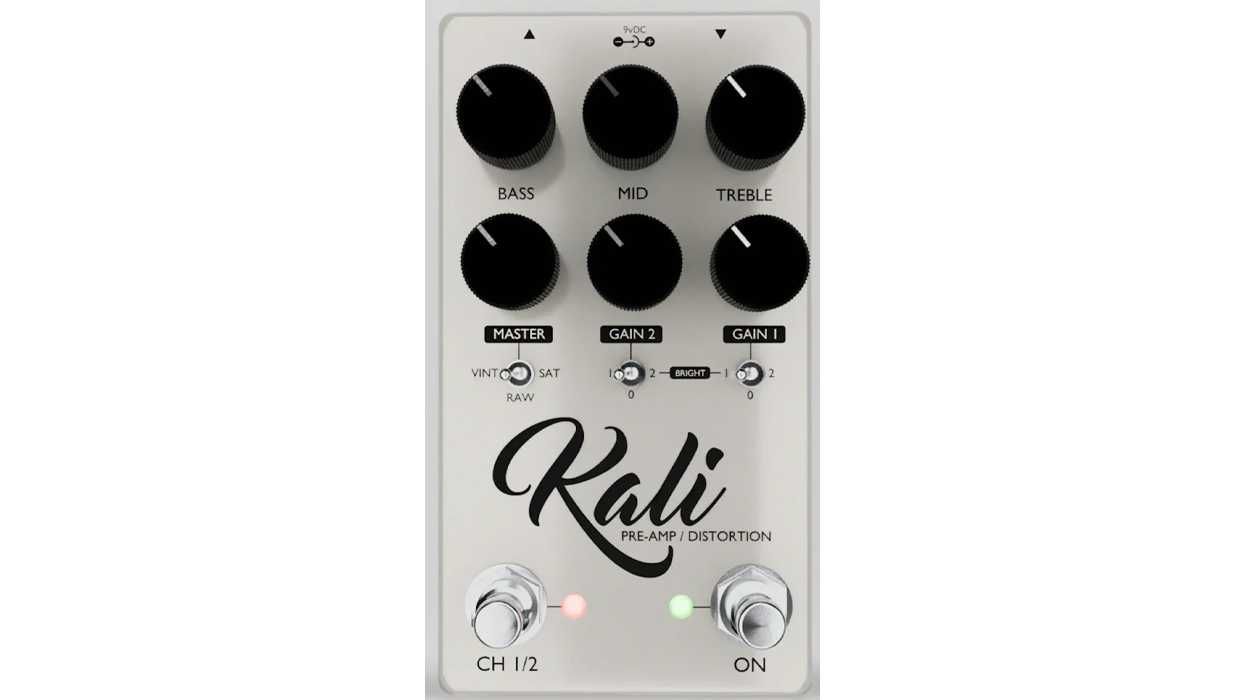The staying power of fuzz speaks a lot to the way it can transcend musical styles. And that adaptability and lasting appeal means pedal builders are still developing fresh designs like this Shuksan Fuzz from Spun Loud Effects. Relatively straightforward in one sense, it's different from most fuzzes in a fundamental way: the knobs enable control over its two main gain stages (out of three total)—an unusual approach that delivers big fuzz tones, but also a lot of unusual ones.
Knob and Tube
For the most part, the Shuksan’s interface is simple. Input controls the guitar signal’s level at the front of the circuit. Sustain controls the middle gain stage. Volume controls the overall output signal but doesn't control the third gain stage. With unity gain at around 11 o’clock, there’s plenty of room to blast beyond that. There’s no tone or EQ control of any sort. Input and output jacks are top mounted, with a 9VDC center-negative socket between them, and the footswitch is wired for true bypass.
The Shuksan’s cosmetics allude to its heaviness. The enclosure is adorned with a graphic of Mount Shuksan, a peak in the North Cascades National Park, not far from Spun Loud’s home in Bellingham, Washington. Granite metaphors could also describe the construction. The sturdy circuit board is loaded with WIMA, TDK, and Wurth capacitors and the LED pair that gives one gain stage its oomph. The pedal’s bottom plate even offers a fun quiz in the form of a unique “guess the lyrics” puzzler for each proud owner. (Our review unit dared us to identify a snippet from Green Day’s “When I Come Around.”)
Interestingly, for a high-gain fuzz, Shuksan’s personality strikes me as rather vintage-leaning overall.
Spin the Bottle
The absence of EQ might suggest the Shuksan is more loud than colorful. But whether it was paired with Fender single-coils, P-90s, Marshall-style amps, or Fender combos, the Shuksan demonstrated great versatility on top of power, and the capacity for a surprising range of moods. Having control over two gain stages within the circuit—plus the output, of course—opens up a lot of possibilities and allows for settings that just can’t be had from standard gain-plus-output fuzz boxes.
It’s easy to dial in spitty and gated sounds with input set low and sustain relatively high, a snarly ripping-Velcro sound with a few quick twists of the knobs, or mellower sounds with input high and sustain low. Crank both input and sustain, though, and you’ve got roaring freak-fuzz leads aplenty. Once you get a feel for the Shuksan’s range of sounds, chasing just-right balances of drive, sizzle and output takes careful experimentation. While they may be sensitive, the interactivity between them yields cool surprises, too. Interestingly, for a high-gain fuzz, Shuksan’s personality strikes me as rather vintage-leaning overall. There’s contemporary attitude, too, in the razory, bright-edged cutting sounds you hear when you advance the gain. It also bears mentioning that Shuksan’s noise floor is admirably low.
But while I loved the Shuksan’s novel approach to tone and gain shaping, I did miss a tone control. It’s a bright fuzz, and attenuating guitar tone doesn’t entirely tame the treble until you get right down to muffled, Clapton-in-Cream levels with guitar tone dialed completely off—which is still slightly brighter through the Shuksan than through many fuzz pedals.
The Verdict
The Shuksan is a powerful, great-sounding fuzz that uses three independent, cascaded gain stages to achieve a lot of unique and gigantic sounds. It rolls easily from mellow-but-bright to ripping, with plenty of interesting stops in between. The build quality is excellent and the low noise floor is impressive. If you’re looking for a high-quality alternative to the same old fuzz sounds, Shuksan definitely has the potential to deliver.




















